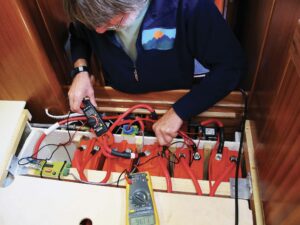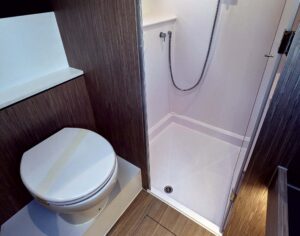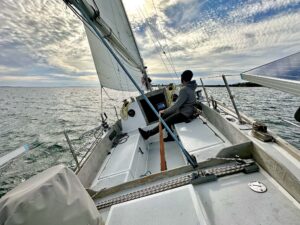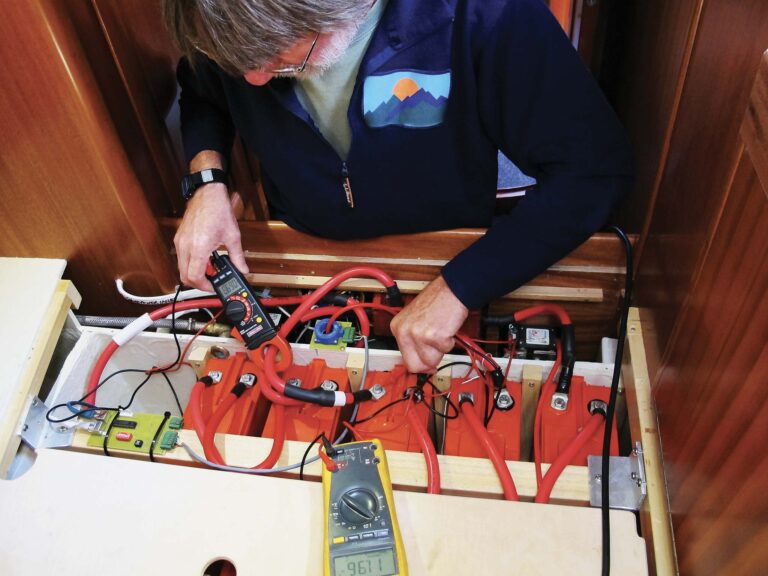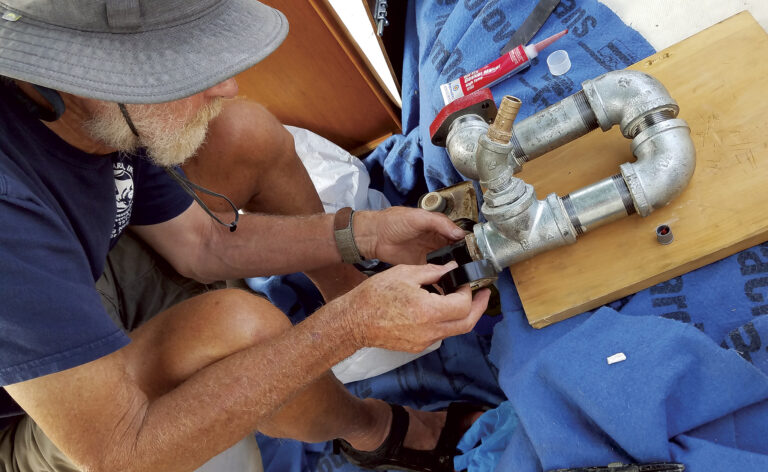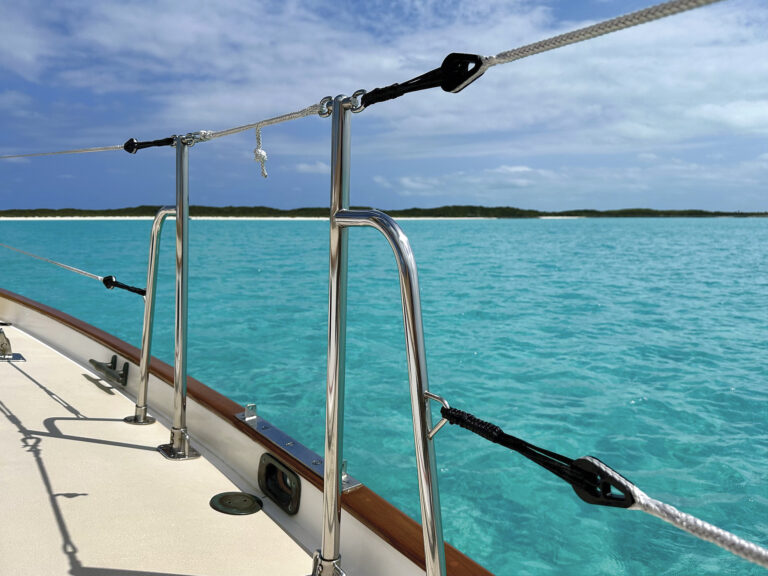William Solberg of Los Angeles, California, asks:
“You have done a great job keeping us up to date on the new AIS technology, but I’m wondering whether it is better to use a masthead antenna with a splitter or a dedicated antenna mounted aft on the rail. Your suggestions regarding the installation of a secondary dedicated AIS antenna seem to put it on the aft rail or on some other structure there. Isn’t there a higher risk of clutter when the antenna is mounted low and aft?
On balance it seems to me that when one is dealing with terrestrial VHF signals, a horizon gain with a splitter trumps coax loss, and therefore a masthead antenna in combination with a dual channel AIS receiver with a built-in splitter, like the AIS-Multi by Comar for example, makes a lot of sense. If that is correct, what do you think about using a general-purpose marine VHF masthead antenna that is designed to work reasonably well over the whole range of frequencies in the VHF spectrum?”
Tim Bartlett replies:
Whatever way you go you have to make a compromise. The reason I prefer to have a dedicated antenna is that since AIS B is relatively low-power, just 2 watts, no matter how high up you mount your antenna you are never going have much more than a 10-mile range before the transmission runs out of power. You are correct in saying range depends on the antenna’s height. If two boats have antennas 10 feet above the water, each one’s radio horizon is going to be limited to about 10 miles.
But a drawback to mounting an antenna up high is that unless you have a two-masted rig, there will only be room for one antenna, meaning you can’t send or receive AIS messages when transmitting on VHF. You might be transmitting on VHF to resolve a potential collision risk, which is just when you want to be able to get constant data flowing to and from your AIS unit.


